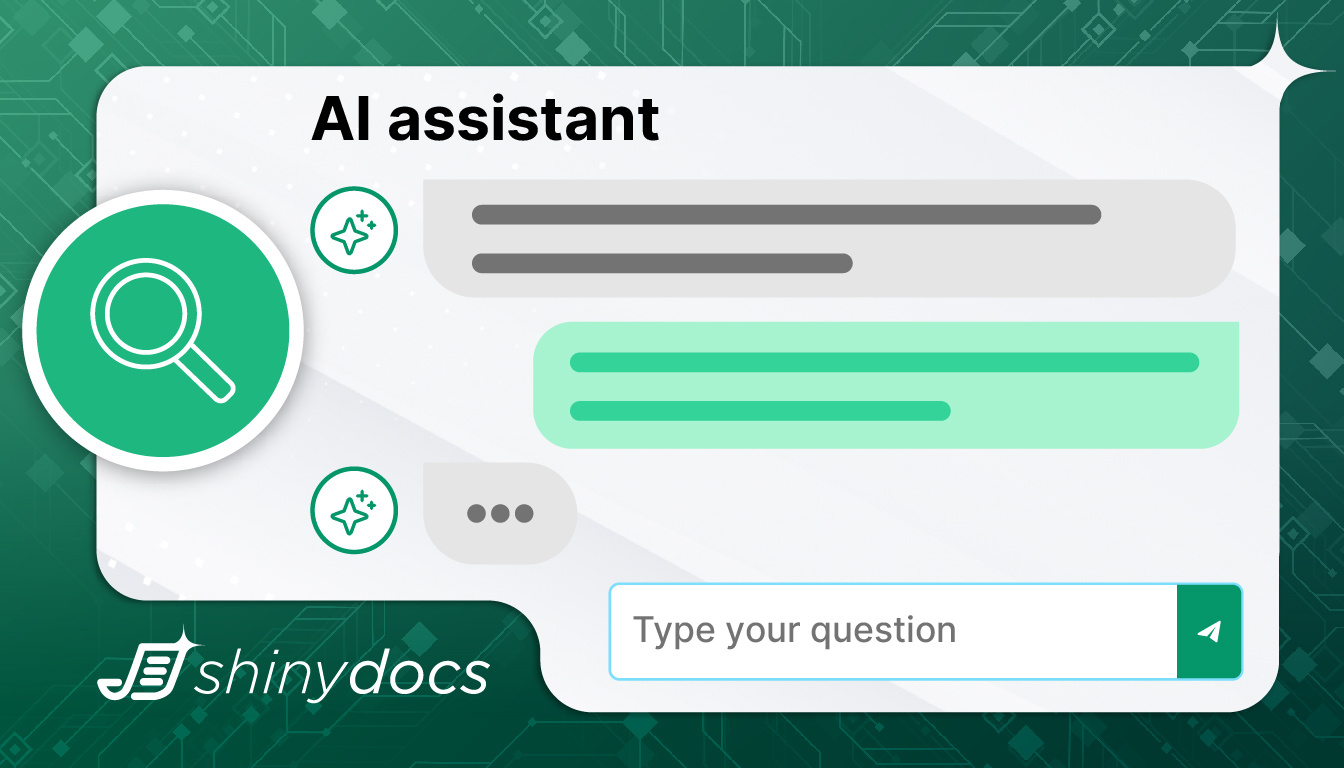(Approx. 5 mins read)
What Is Automated Content Identification? The IT Leader’s Guide to Smarter Data Management
September 29, 2025
(Approx. 4 mins read)
Maximize Your Most Valuable Assets: People, Data, and the Tech That Brings Them to Life
September 3, 2025
(Approx. 3 mins read)
(Approx. 2 mins read)
AI Data Extraction That Actually Works: Make Sense of Your Legacy Documents
September 19, 2025
(Approx. 3 mins read)
The Future of Enterprise AI: 10 Game-Changing Predictions
April 23, 2025
(Approx. 7 mins read)
(Approx. 6 mins read)
(Approx. 6 mins read)
Essential Best Practices for Effective Data Discovery
October 10, 2024
The ability to quickly and accurately discover data within vast and complex information systems is not just a convenience—it’s a necessity. This blog explores the fundamental best practices for effective data discovery, ensuring organizations can leverage their data assets to the fullest.
Understanding Data Discovery
Data discovery is a vital process that involves the systematic collection and analysis of data from various sources to extract actionable insights. It forms a crucial pillar of business intelligence frameworks, facilitating informed decision-making based on empirical evidence rather than intuition.
What is Data Discovery?
At its core, data discovery is about locating and interpreting data to gain a deeper understanding of underlying trends, performance metrics, and potential opportunities or risks. It is a dynamic process that combines aspects of data mining, data preparation, and data visualization to allow businesses to comprehend complex patterns and make decisions that align with their strategic goals.
The Importance of Data Discovery
Data discovery is not merely about accessing vast amounts of data but making sense of this data in a way that is useful for business strategy. It allows companies to:
- Identify Emerging Trends: Quickly spotting changes in customer behavior, market conditions, or operational efficiency can give companies a significant competitive advantage.
- Drive Innovation: By uncovering hidden patterns and relationships within the data, organizations can explore new business opportunities, enhance product offerings, or improve service delivery.
- Enhance Operational Efficiency: Data discovery helps pinpoint inefficiencies in processes, allowing organizations to streamline operations, reduce costs, and improve overall performance.
- Risk Management: Analyzing data across sources can reveal potential risks, from financial discrepancies to operational bottlenecks, enabling proactive management before they escalate.
How Data Discovery Enhances Business Intelligence
Data discovery is integral to modern business intelligence (BI) systems, providing the analytical capabilities needed to transform raw data into valuable insights. Here’s how it enhances BI:
- Empowers Decision-Makers: With effective data discovery tools, decision-makers can access and understand complex datasets, making informed decisions that are supported by data.
- Interactive Exploration: Modern data discovery tools provide interactive and intuitive interfaces that allow users to manipulate and explore data in real-time, making it easier to drill down to specifics and understand the broader context.
- Visual Data Analysis: Integrating advanced visualization tools, data discovery helps illustrate data insights through graphs, charts, and dashboards, making the interpretation of complex datasets simpler and more accessible.
Best Practices for Data Discovery
1. Implementing Advanced Analytical Tools
Utilize the latest analytical tools that offer powerful data processing capabilities, intuitive dashboards, and real-time data insights. These tools should support various data formats and integrate seamlessly with existing databases and software systems.
2. Ensuring Data Quality
High-quality data is the cornerstone of effective data discovery. Establish routines for regular data cleaning and validation to remove inaccuracies and duplicates. This ensures that the analytics generated are reliable and actionable.
3. Data Integration
Consolidate data from disparate sources to create a unified view that provides comprehensive insights. Effective integration involves not only the merging of data but also ensuring that data from different sources is compatible and coherent.
4. Promoting a Data-driven Culture
Foster an organizational culture that emphasizes the importance of data-driven decision-making. Encourage training and development in data literacy across all levels of the organization to enhance the overall effectiveness of data discovery processes.
5. Adhering to Data Governance
Establish clear data governance policies that define who can access data and how it can be used. This is crucial for maintaining data security, complying with regulations, and ensuring that data is used responsibly and ethically.
6. Leveraging AI and Machine Learning
Implement AI and machine learning algorithms to automate the data discovery process. These technologies can quickly analyze large datasets, identify patterns, and provide insights that would be impossible to discern manually.
7. Continuous Improvement
Data discovery is not a set-it-and-forget-it process. Regularly review and update your data discovery practices to incorporate new technologies, adapt to changing business needs, and improve upon existing methodologies.
8. Metadata Management
Properly managing metadata is crucial for effective data discovery. Metadata, which includes information about the data’s source, usage, and structure, helps to organize the data environment and makes it easier to search and retrieve relevant data quickly. Implementing systematic metadata tagging and cataloging can significantly streamline data discovery processes by providing clear pathways to the needed data.
9. Scalability and Flexibility
Design your data discovery solutions to be scalable and flexible to accommodate future growth and the integration of new data sources. This involves choosing technology solutions that can handle increased loads and varied data types without performance degradation. Planning for scalability ensures that as your data volume grows, your ability to analyze and derive insights from that data remains efficient and robust.
10. Collaborative Data Discovery
Encourage collaboration across departments to enhance the data discovery process. Different teams may utilize the same data in varied ways, and a collaborative approach can uncover insights that would be missed in siloed environments. Tools that support collaboration, like shared dashboards and cross-departmental data access, empower teams to leverage collective knowledge and expertise, leading to more comprehensive and insightful data analysis.
Adopting these best practices for data discovery allows organizations to navigate the complexities of large datasets effectively, unlocking the potential to drive innovation, improve operational efficiencies, and enhance decision-making processes. In an age where data is a critical asset, setting up robust data discovery mechanisms is essential for any forward-thinking enterprise.
Key Takeaways
- Data discovery is a fundamental process that allows organizations to collect, analyze, and derive meaningful insights from diverse data sources, enhancing decision-making and operational efficiency.
- Ensuring the accuracy, cleanliness, and completeness of data is paramount in data discovery. High-quality data underpins reliable analytics and insightful business intelligence.
- Utilizing modern analytical tools that support data integration, real-time insights, and advanced data visualization can significantly improve the efficiency and outcomes of data discovery processes.
- Fostering a data-driven culture within an organization encourages the effective use of data discovery across different levels, ensuring that all decision-making is grounded in data and analytics.
- Data discovery is not static; it requires ongoing evaluation and adaptation to incorporate new technologies, accommodate changing business needs, and continuously improve data handling and analysis practices.
About Shinydocs
Shinydocs automates the process of finding, identifying, and actioning the exponentially growing amount of unstructured data, content, and files stored across your business.
Our solutions and experienced team work together to give organizations an enhanced understanding of their content to drive key business decisions, reduce the risk of unmanaged sensitive information, and improve the efficiency of business processes.
We believe that there’s a better, more intuitive way for businesses to manage their data. Request a meeting today to improve your data management, compliance, and governance.









